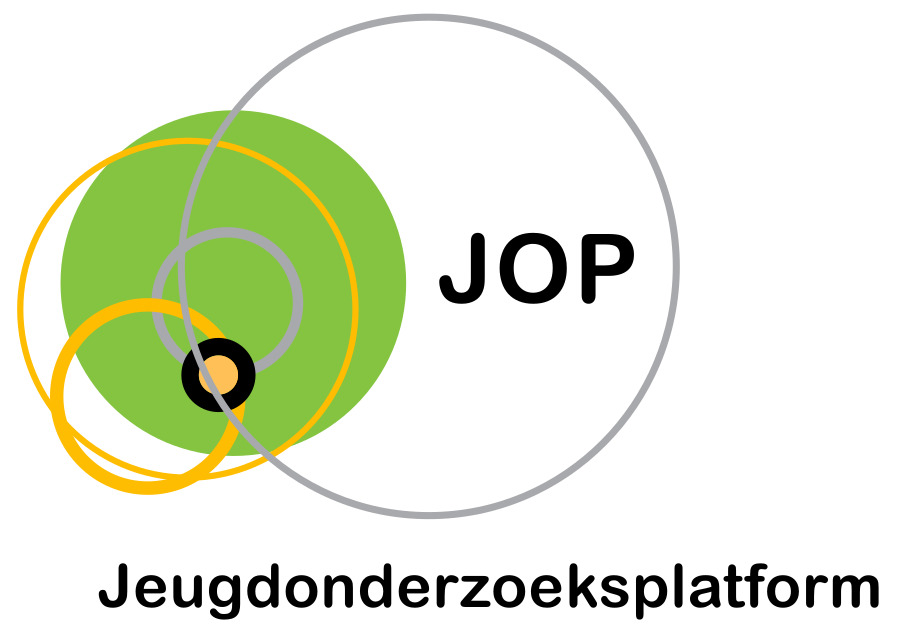The contribution of psychosocial and home environmental factors in explaining eating behaviours in adolescents.
Auteurs
Haerens, L., Craeynest, M., Deforche, B., Maes, L., Cardon, G., De Bourdeaudhuij, I. (2008)

Abstract
Doel: deze studie onderzoekt de invloed van de beschikbaarheid van eten (ongezond en gezond), regels m.b.t. eten en televisiekijken en televisiegewoonten op eetgedrag bij adolescenten.
Onderzoeksdesign: cross-sectionele studie. Setting: vier random geselecteerde scholen voor secundair onderwijs in Vlaanderen
Doelgroep: een groep van 534 twaalf- tot veertienjarigen
Interventies: vragenlijsten werden gebruikt om de ‘familieomgeving’ te meten, alsmede vet-, frisdrank en fruitconsumptie. Hiërarchische regressie analyses op eetgedrag bij jongens en meisjes werden aangevuld met demografische en psychosociale variabelen (blok 1) en omgevingsfactoren (blok 2).
Resultaten: Jongens met thuis meer beschikbare ongezonde producten kregen meer vet binnen (zie voor cijfers Engelstalige abstract); jongens met betere televisiegewoonten aten meer fruit; meisjes met betere televisiegewoonten aten minder vet en meer fruit. Meisjes met een hogere beschikbaarheid van gezonde producten thuis en meer eetregels aten meer fruit. Omgevingsfactoren waren slechte voorspellers van frisdrankgebruik bij meisjes.
Conclusie: de aanwezigheid van (on)gezonde producten, eetregels en televisiegewoonten zijn gerelateerd aan een of meerdere eetgewoonten bij jongens en meisjes. Hoewel omgevingsfactoren op gezinsniveau een grote rol kunnen spelen in het eetgedrag van de adolescenten, waren deze in het algemeen minder sterke voorspellers dan de meegenomen demografische en psychosociale variabelen.
Objective: The present study aimed at investigating the influence of food availability, rules and television viewing habits on eating behaviours in adolescents. Design: Cross-sectional study. Setting: Four randomly selected middle schools.
Subjects: A sample of 534 seventh and eighth graders. Interventions: Validated questionnaires were used to measure the family environment and fat, soft drink and fruit consumption. Hierarchical regression analyses on fat, soft drink and fruit consumption, with demographic and psychosocial variables entered as the first and environmental factors as the second block were conducted in boys and girls.
Results: Boys with more unhealthy products available at home consumed more fat (P 0.001, 95% CI: 8.2–29.4) and more soft drinks (P 0.01, 95% CI: 0.2–1.4). Boys who reported better television viewing habits ate more fruit (P 0.001, 95% CI: −1.7 to −0.5). Girls who reported better television viewing habits consumed less fat (P 0.01, 95% CI: 1.4–9.0) and more fruit (P 0.05, 95% CI: −1.0 to −0.1). Girls who reported higher availability of healthy products at home (P 0.05, 95% CI: 0.3–3.1) and more food rules (P 0.001, 95% CI: −1.8 to −0.5), consumed more fruit. Environmental factors were poor predictors of soft drink consumption among girls.
Conclusion: Availability of (un)healthy food products, family food rules and TV viewing habits were related to one or more eating behaviours in boys or girls. Although home environmental factors can play an important role in influencing adolescents’ eating behaviours, these factors were generally less predictive than demographic and psychosocial variables.
Referentie
Haerens, L., Craeynest, M., Deforche, B., Maes, L., Cardon, G., De Bourdeaudhuij, I. (2008) The contribution of psychosocial and home environmental factors in explaining eating behaviours in adolescents. European Journal of Clinical Nutrition, 62(1): 51-59.
Taal
Engels
Publicatievorm
Tijdschriftartikel
ISSN
0954-3007
Trefwoorden
Mediagebruik, Voeding
